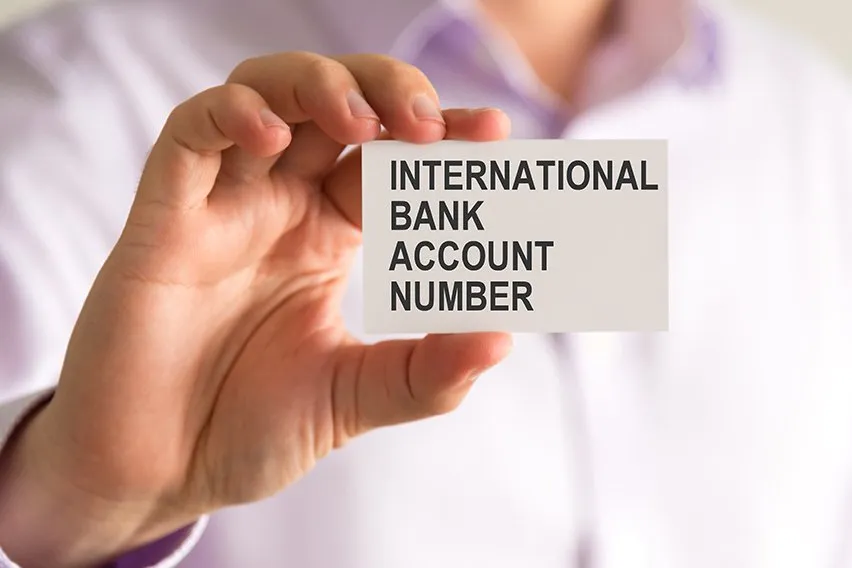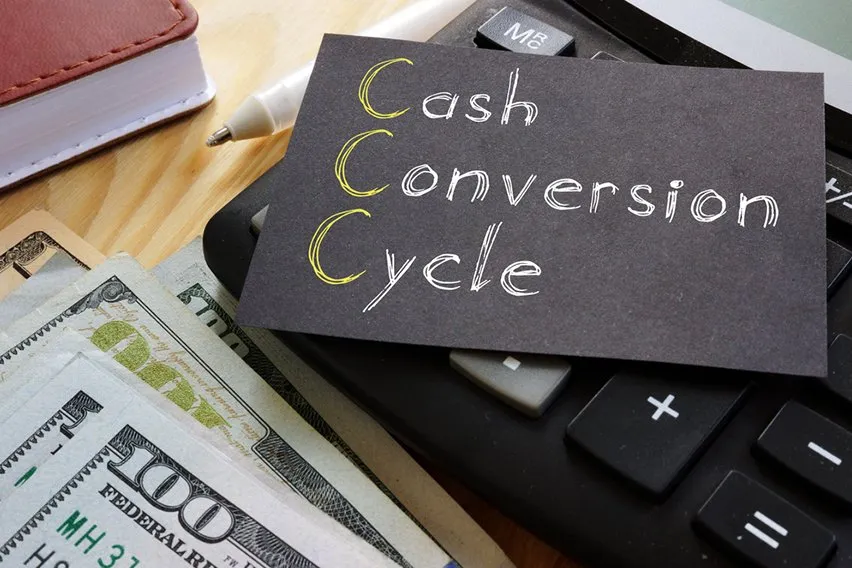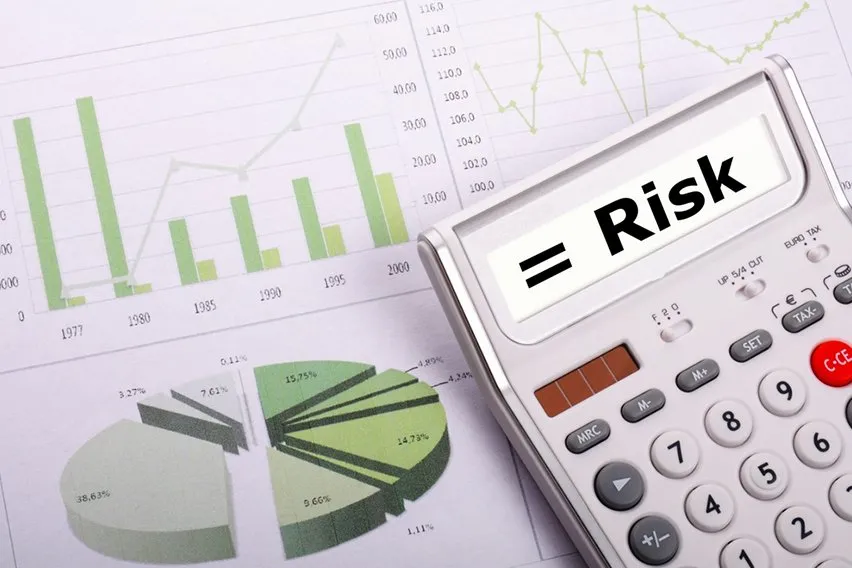What Is an IBAN Number & BIC (SWIFT Code)?

If you do business in the EU or overseas, you’ve probably come across these two terms. Learn what they mean and how they affect the way to send money.
In the UK, we only have our bank account numbers as standard. We are used to sending or receiving money with a simple 8 digit account number and 6 digit sort code.
When you begin working overseas and receiving international payments, you’ll likely come across new banking terms. Two of which are IBAN and BIC/SWIFT code. These two things are essential for sending and receiving international transfers.
In this article, we’ll debunk both terms and let you know the difference between the two.
Here’s What We’ll Cover:
What Is the Difference Between IBAN and SWIFT Code?
What Is an IBAN Number?
IBAN is short for International Bank Account Number. It is incredibly widely used in the European Union. That is to say that most EU businesses operate using the IBAN for personal and professional use. It was actually invented by the EU for sending electronic payments via online banking to overseas banks.
IBANs tend to be quite long numbers. They start with a two-digit code at the beginning to indicate which country the account belongs to. This means that the originating country is instantly identifiable.

There can be up to 35 alphanumeric numbers after the first two country digits and the two check digits. These alphanumeric digits are called the BBAN or Basic Bank Account Number. The BBAN part of the account number is very different from country to country. The only constant is the first 4 numbers individual to each country.
You’ll use the IBAN to send or receive international payments. Though it’s worth noting that not all countries use this system. The EU uses IBAN for domestic payments and international ones. Countries outside the EU will likely only use IBAN for international transfers and nothing else.
What Is a BIC/SWIFT Code?
The BIC/SWIFT code is an identifier for the bank that you are paying into or receiving money from. SWIFT is short for Society for Worldwide Interbank Financial Telecommunications. It was established in 1973 to facilitate communications between financial institutions. It helps to more securely identify financial transactions.
Not all countries have SWIFT codes. Notably, the United States does not use SWIFT codes at all. But you can find them in European countries, the United Kingdom, Brazil, China, Russia, Singapore, South Africa and others.
You’ll often find SWIFT used interchangeably with two other names:
- BIC code – meaning Bank Identifier Code
- ISO 9362 code
What Is the Difference Between IBAN and SWIFT Code?
So you tend to see the two terms listed together whenever you make an international payment. Can you get away with knowing one and not the other? Can you receive international payments without providing both?
Great questions. In short, you do tend to need both to send or receive international payments.
An IBAN is a bank account number that delineates the individual’s details. Each individual bank account will have a unique IBAN. Even if one individual person has several accounts, each one will have a different IBAN. The only thing that may be shared is the country code if all accounts belong to the same country.

A SWIFT code on the other hand has nothing to do with the individual account. It is an identifier for the bank. That’s why you may find it easier to remember “BIC” as an acronym, so you remember they are bank codes.
In terms of how they are used, it depends on how you are sending or receiving payment. As a UK citizen sending money to an international bank, you’ll most likely need both the IBAN and BIC code. If you’re receiving a direct bank transfer from abroad, you’ll need to provide the payee with your IBAN and BIC code too.
If you are paying from an EU account to another EU account, you probably won’t need the BIC/SWIFT code at all. The IBAN will likely be enough.
Key Takeaways
IBAN and SWIFT codes are two very important terms to know as a UK entrepreneur operating overseas. Both are essential for the smooth running of international financial transactions.
We hope this article was helpful in understanding how both work and the difference between the two.
For more banking and payment guides like this one, check out our resource hub!
RELATED ARTICLES

 Consultant Vs Contractor: Which Is the Best?
Consultant Vs Contractor: Which Is the Best? Cash Conversion Cycle (CCC): Definition, Formula & Calculation
Cash Conversion Cycle (CCC): Definition, Formula & Calculation What Is an EORI Number & How to Get One
What Is an EORI Number & How to Get One Market Risk: Definition, Overview & Application
Market Risk: Definition, Overview & Application What Is a Dormant Company? The Guide
What Is a Dormant Company? The Guide What Is Intrapreneurship? Definition & Characteristics
What Is Intrapreneurship? Definition & Characteristics